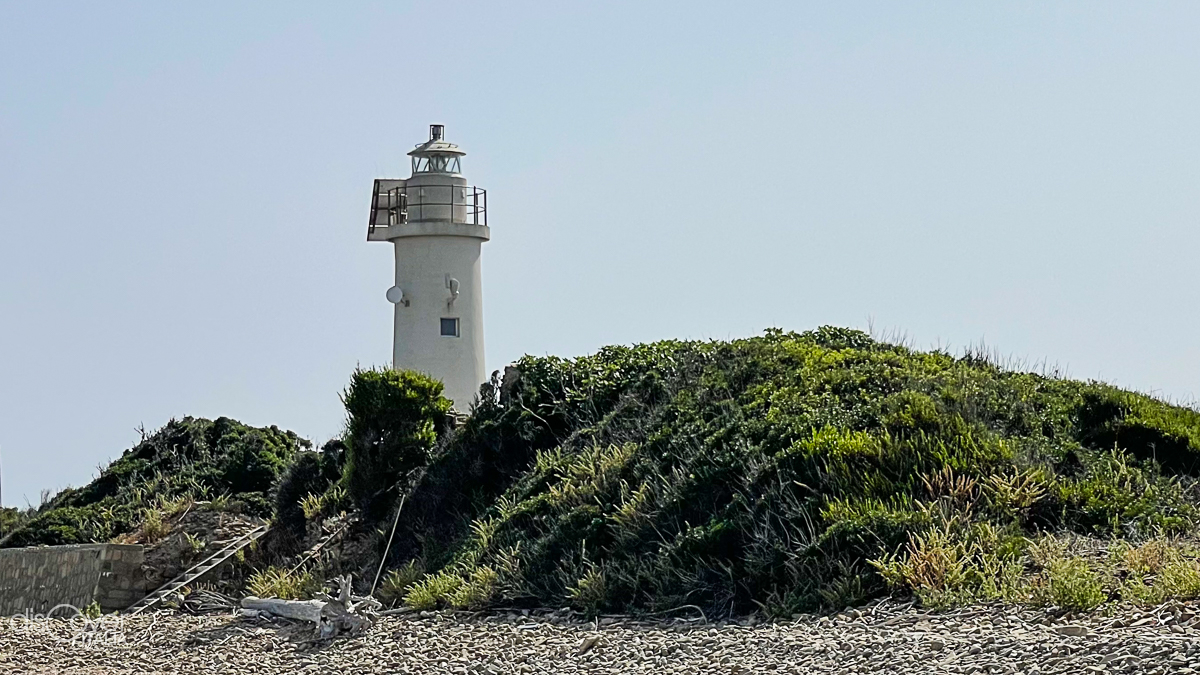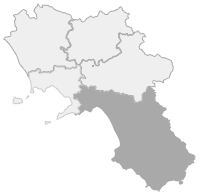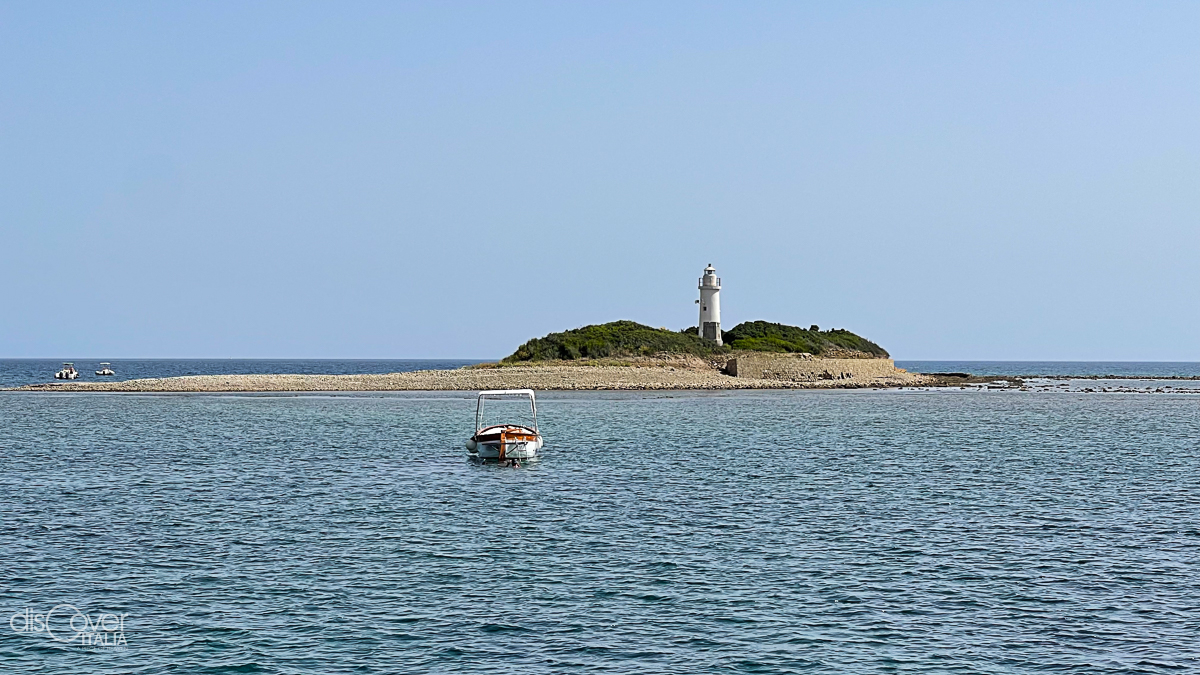In the mating season, males fight each other with incredible violence. For some scholars, this is precisely the characteristic selected by an evolutionary process of over a thousand years on which the characteristic melanism of the Licosa blue lizard would also depend.
 Contrary to most of the other field lizards of the mainland, which are distinguished by the shades of green, the Podarcis sicula klemmeri, this is its scientific name, has, with the green shades of the back, a marked blue coloration on the belly, similar to that of other "cousins" living on other islands or in very restricted continental areas and isolated for millennia from the surrounding landscape.
Contrary to most of the other field lizards of the mainland, which are distinguished by the shades of green, the Podarcis sicula klemmeri, this is its scientific name, has, with the green shades of the back, a marked blue coloration on the belly, similar to that of other "cousins" living on other islands or in very restricted continental areas and isolated for millennia from the surrounding landscape.
For a still unknown reason, the lizard that lives on the current island of Licosa began to differentiate itself from the green lizard between 14,000 and 12,600 years ago, long before the strip of land corresponding to its home was surrounded by the sea and detached from the continent, 4500 years ago. Since then, the blue lizard has begun an evolutionary path that has led it to become a faunal rarity, absolutely unique even compared to other subspecies characterized by an accentuated melanism, such as the Podarcis sicula coerulea of Capri. Several genetic studies conducted with respect to neighboring continental populations, such as those of Capaccio, Pisciotta, Ascea and Punta Licosa (all places frequently connected by fishing and pleasure boats), have demonstrated the common origin only with the lizards of the neighboring Punta Licosa , identifying at the same time the peculiarity of the small insular reptile, which could represent, rather than a subspecies of the genus Podarcis (siculus or sicula, because it is still controversial whether it is male or female), even a separate species.
With the other field lizards, the specimen from the island of Licosa shares the reproductive cycle between March and November. The eggs, usually between two and eight, are mostly laid between May and June and hatch after two months, so around July the newborns see the light. If the species usually reproduces once a year, in warmer areas such as Licosa two or even three egg layings in the year are not uncommon. The climate always influences the winter latency, which is almost eliminated in the warmest sites of the Mediterranean. Therefore, even in Licosa it is normal for lizards to expose themselves to the sun even in the middle of winter.






Comments powered by CComment